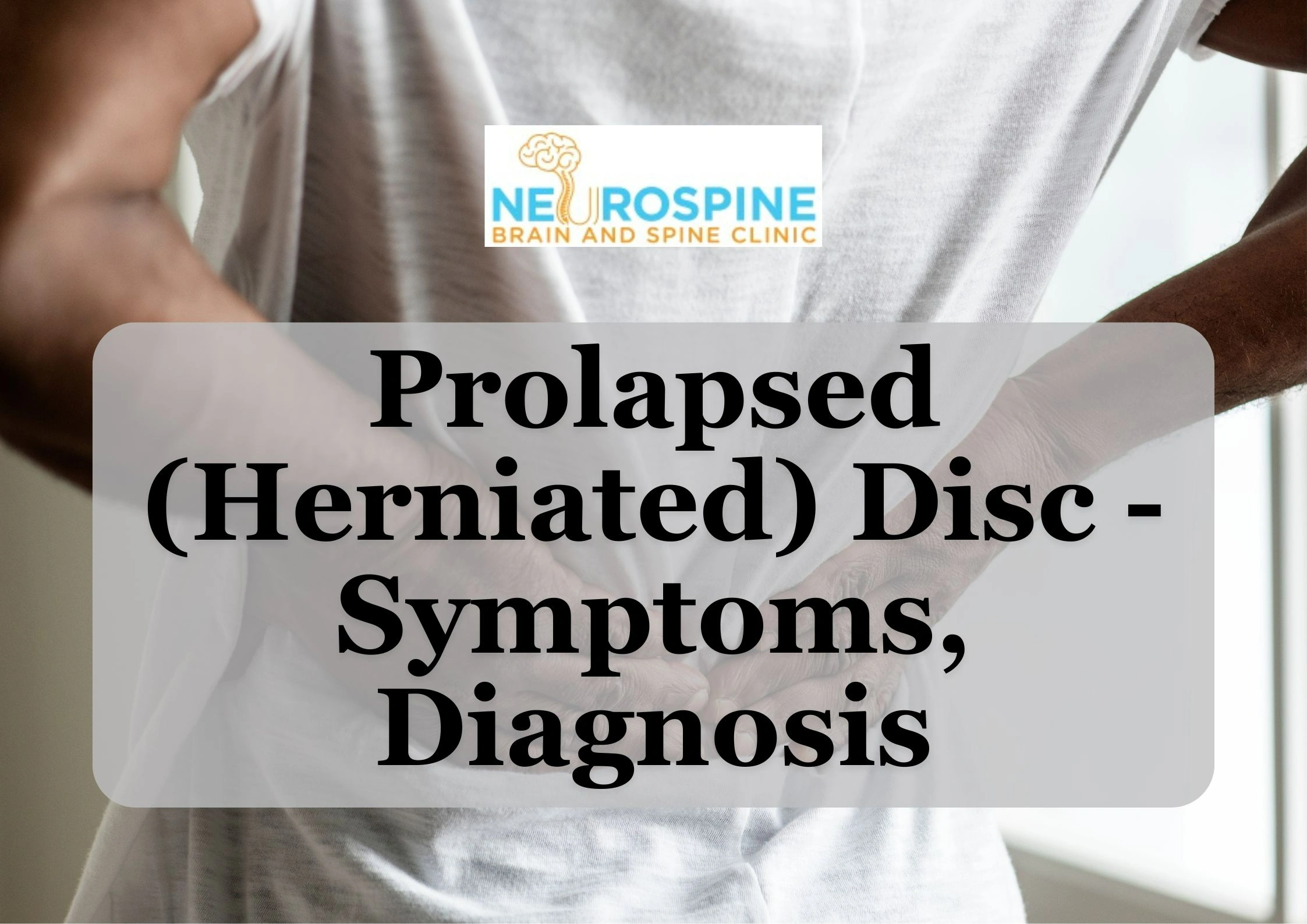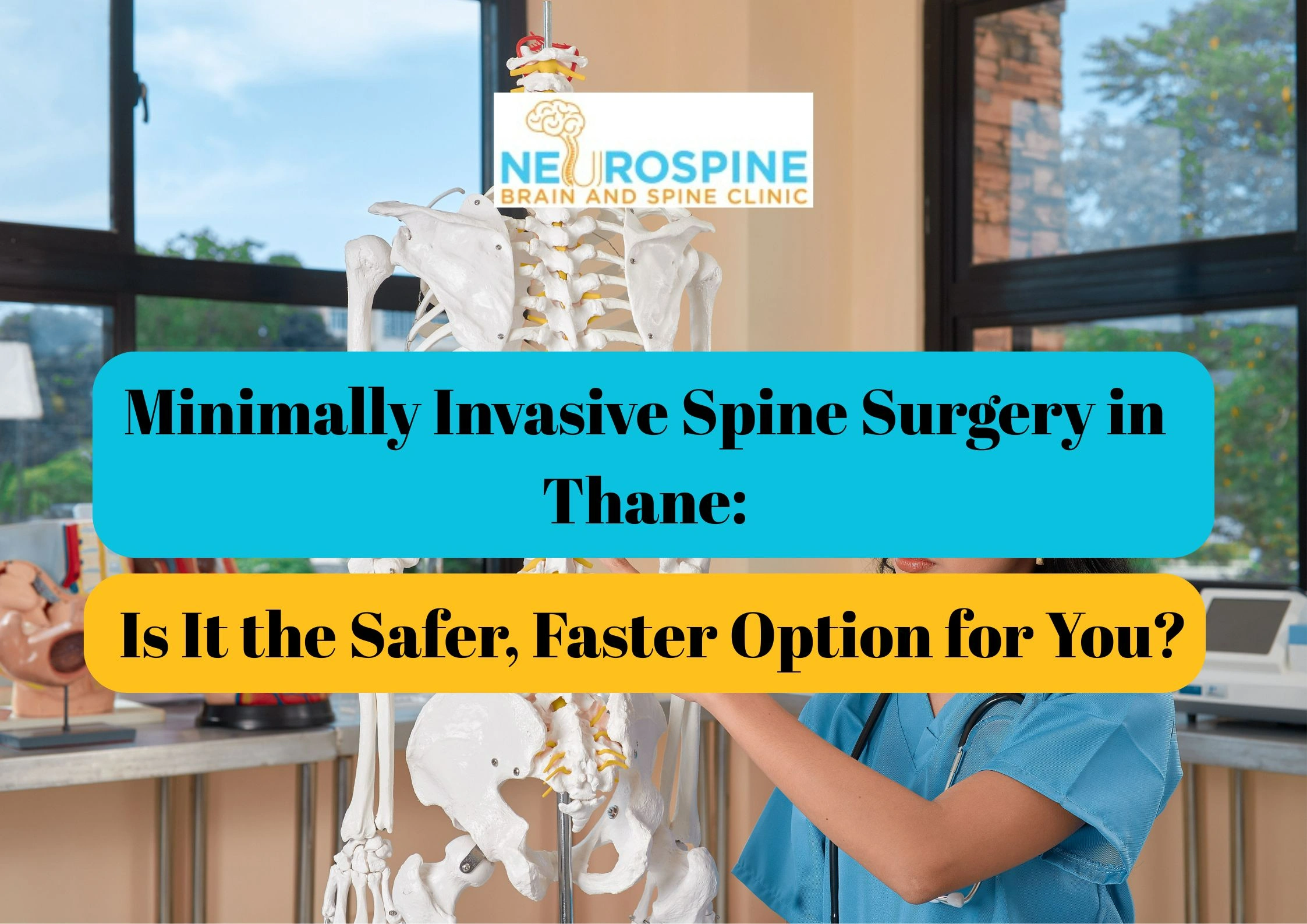The words spine surgery can evoke a range of emotions, from relief at the prospect of pain relief to apprehension about the procedure itself and the recovery process. Your search for pain relief includes examination of various treatments because you are currently suffering from back or neck pain, sciatica, or other spinal conditions. Most patients who require treatment for their spine do not require surgery as a necessary option.
When is Non-Surgical Spine Treatment the Right Choice?
Non-surgical interventions become the preferred course of treatment when specific clinical scenarios emerge. A wide range of spinal conditions benefits first from non-surgical treatment methods as initial intervention. These include:
- Acute neck or back pain typically heals through standard noninvasive treatment because it results mainly from strained muscles, sprained ligaments, and tiny disc disturbances.
- Non-surgical treatment options frequently show effectiveness against radiculopathy conditions, such as sciatica pain in the leg and cervical radiculopathy pain in the arm.
- Non-surgical treatments succeed in providing substantial relief for patients who have mild to moderate spinal stenosis, together with its associated pain and numbness.
- The degenerative changes in disc tissue can be handled with non-surgical treatment plans despite disc deterioration.
- Spondylolisthesis in its low-grade form can receive relief from non-surgical treatments that stabilise the spine while decreasing symptoms.
The Arsenal of Non-Surgical Treatments
Non-surgical spine care presents itself to patients through a comprehensive treatment method. Our treatment approaches consider individual patient conditions, lifestyle preferences, and unique symptom patterns. The following list contains standard non-surgical procedures that prove effective in treating back issues:
Medications
- You can manage your pain and inflammation by using NSAIDS (ibuprofen and naproxen) and acetaminophen as pain relievers, which are available over the counter. The treatment also includes prescription medications, where muscle relaxants are used together with nerve pain medications (gabapentin, pregabalin) for severe symptoms.
- Epidural steroid injections target spinal nerve areas by placing anti-inflammatory medications inside the epidural space to offer localised pain relief.
Physical Therapy
- Arthritis victims benefit greatly from physical therapy principles, which serve as core support for non-surgical spinal treatments.
- The goal of core muscle strengthening and back muscle development help support the spinal structure.
- Stretching, improving flexibility and range of motion.
- Physicians use manual therapy to provide massage treatments, mobilisation techniques, and manipulation methods for treating joint restrictions and muscle imbalances.
- The education will teach patients how to maintain correct body posture, preventing new complications.
Activity Modification and Lifestyle Changes
- Ergonomics is a method for modifying your workspace and daily routines so that your spine experiences less stress.
- Weight management substantially reduces spine stress because it decreases the burden on spine structures.
- Participating in walking, swimming, or cycling exercises enables people to achieve better fitness levels while improving spinal health.
- The healing process involves smoking cessation because it reduces blood flow in the body.
Bracing
Wearing a back or neck brace provides temporary support because they both provide limited movement and allow the healing of inflamed tissues.
Conclusion: Your Role in Recovery
Your contribution as a patient remains essential to treatment success regardless of surgical or non-surgical intervention choices. Accomplishing your treatment plan, along with healthy lifestyle activities and honest discussions with medical staff, leads to reduced pain and improved functionality in your life.
Spine surgery seems challenging initially, but various successful non-operative treatment choices remain available. Consulting with Dr. Bharat shinde, a spine specialist in Thane and understanding their treatments enables patients to experience substantial relief while avoiding surgical procedures, thus allowing them to resume their full life activities.
FAQs
- What are the first steps to try if I’m experiencing back pain and want to avoid surgery?
The first approach includes typically physical therapy, over-the-counter medication, and modifications to prevent spine strain. Weight management with proper posture maintenance should be the initial lifestyle change to start treatment.
2. What are the conditions under which specific spinal conditions respond best to non-surgical treatment modalities?
Acute back and neck pain and mild to moderate spinal stenosis, together with radiculopathy (also known as sciatica) and degenerative disc disease, respond well to non-surgical treatments when nerve compression and instability are not severe. Treatment success depends on following the treatment plan without interruptions to control these medical conditions effectively.
3. If non-surgical treatments don’t fully resolve my pain, does that automatically mean I need surgery?
Not necessarily. The persistence of pain does not guarantee surgery even though it may trigger additional clinical examinations. Your spine specialist in Thane conducts a reassessment and then examines alternative non-surgical options that include injections before suggesting surgery for addressing your condition and improving your quality of life.




